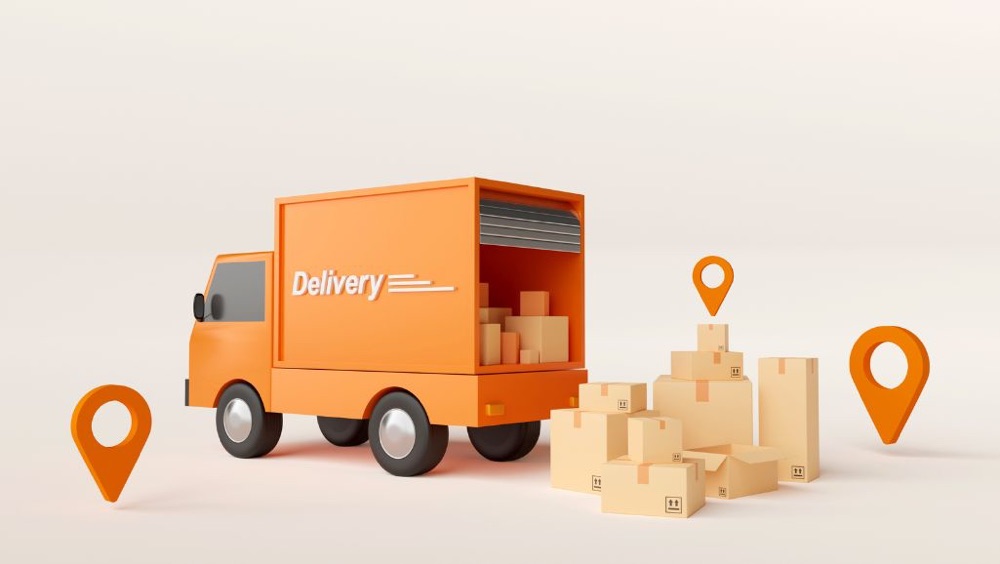 Insurance is one of the most significant ongoing expenses, whether you are running a fleet or managing a single truck. However, there are several ways you can reduce your truck insurance premiums without compromising coverage. By being proactive and making informed decisions, you can lower your costs while maintaining adequate protection. Here is how:
Insurance is one of the most significant ongoing expenses, whether you are running a fleet or managing a single truck. However, there are several ways you can reduce your truck insurance premiums without compromising coverage. By being proactive and making informed decisions, you can lower your costs while maintaining adequate protection. Here is how:
Ways to Lower Premiums
Your truck insurance premiums will decrease after you evaluate all the details of your policy:
- The simplest method to reduce premiums involves adjusting coverage limits according to your actual requirements. The type of truck usage determines your insurance coverage needs since short-distance local driving requires less coverage than state-to-state operations.
- A higher deductible amount will decrease your premium costs because you will bear more responsibility when filing claims.
- You can also reduce your truck insurance costs by combining it with other policies, including general liability and property insurance. Insurers give discounts to customers who buy multiple policies, which helps them save money on their premiums.
- A good driving record combined with a minimal claims history helps insurers view you as reliable, which results in lower insurance rates in the future.
Safety Programs and Discounts
Many insurance companies offer discounts for businesses and individuals who invest in safety programs or demonstrate safe driving practices. By implementing a proactive safety strategy, you reduce the likelihood of accidents and, in turn, the number of claims, which can lower your insurance premiums.
Standard safety measures include equipping trucks with GPS tracking, collision mitigation systems, and telematics that monitor driver behavior and driving patterns to enhance safety. Insurers provide discounts to fleets that implement these technologies because they reduce accidents and improve safety standards. Your insurance provider will offer discounts when you enroll drivers in defensive driving courses because this shows your dedication to risk reduction.
For companies with multiple vehicles, implementing a driver training program and regular vehicle maintenance checks can also earn premium reductions. Not only do these practices help reduce the risk of accidents, but they can also improve the lifespan of your trucks, reducing the likelihood of costly repairs or replacements.
Annual Review of Coverage and Costs
One of the most effective ways to ensure you're not overpaying for truck insurance is to conduct an annual review of your coverage and costs. Truck insurance needs can change over time as your business grows, and your current policy may no longer be the best fit.
Start by evaluating the value of your truck or fleet, the routes driven, and any changes to the level of risk associated with them. For instance, if your trucks have become older or you've reduced their usage, you may no longer need as much coverage. Similarly, if your business operations expand to new regions with different risks, you may need to adjust your policy accordingly.
During this review, it's also a good idea to compare rates from different providers. Your premiums for insurance coverage will vary between companies, so you should compare rates during renewal periods to find more affordable options or special discounts. Your growing relationship with an insurer may qualify you for loyalty discounts, so it is worth inquiring about these opportunities.
Contact Us for the Best Prices on Commercial Truck Insurance!
We are independent brokers here at American Insuring Group. Our agents shop the market for the best quality insurance rates that match your needs!
Call us today at (610) 775-3848 or online for the best truck and commercial vehicle insurance rates!






 Physical damage
Physical damage  Today, auto insurance
Today, auto insurance 


 Commercial Motor Vehicle Insurance
Commercial Motor Vehicle Insurance



